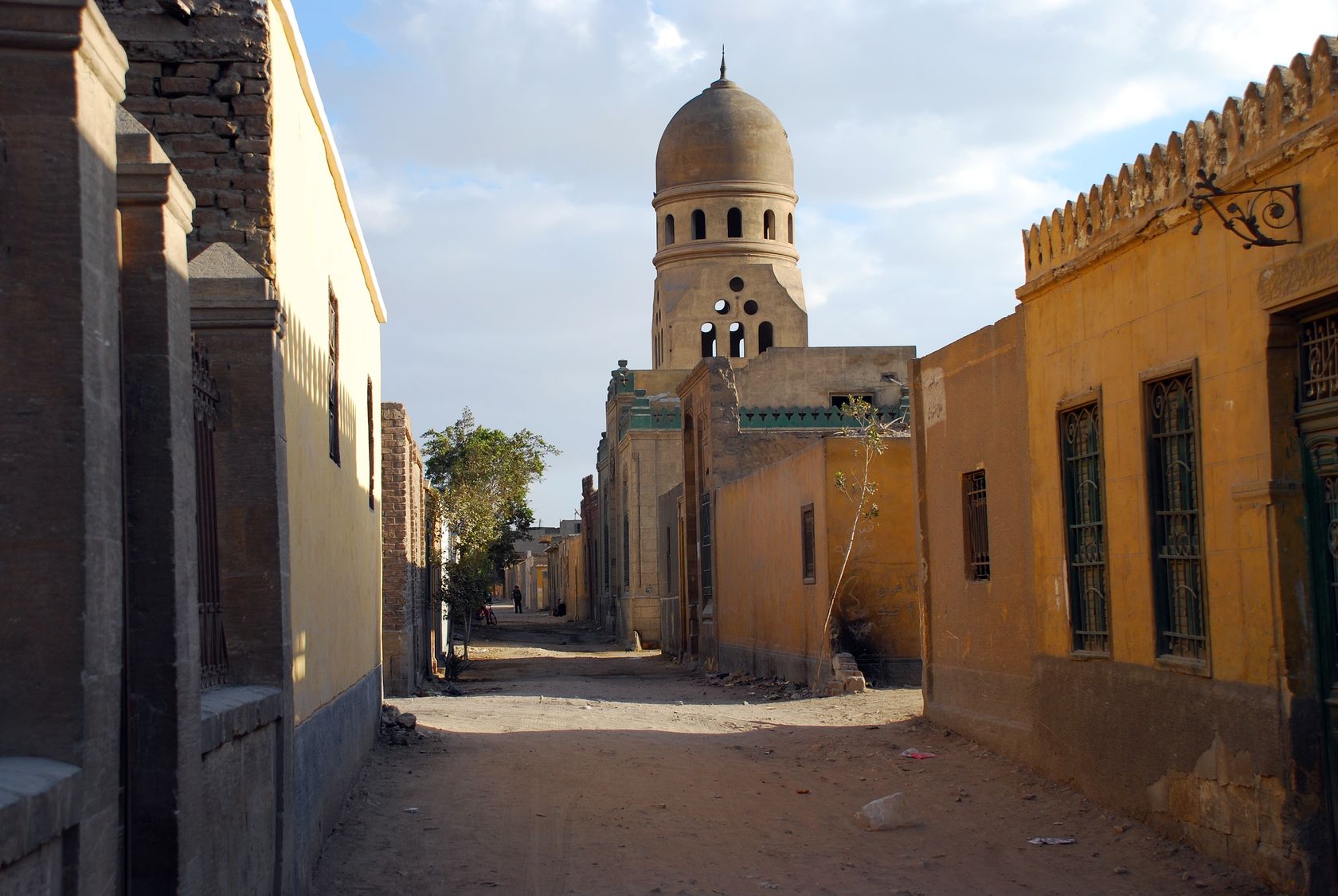
Street with tombs in southern City of the Dead
The City of the Dead, or Cairo Necropolis (Qarafa, el-Arafa), is an Arabic necropolis and cemetery below the Mokattam Hills in southeastern Cairo, Egypt. The people of Cairo, the Cairenes, and most Egyptians, call it el'arafa (trans. 'the cemetery'). It is a 4 miles (6.4 km) long (north-south) dense grid of tomb and mausoleum structures, where some people live and work amongst the dead. Some reside here to be near ancestors, of recent to ancient lineage.

Northeastern view of City of the Dead, from the Qaitbay Mosque
Some live here after being forced from central Cairo due to urban renewal demolitions and urbanization pressures, that increased from the Nasser 1950s on. Other residents immigrated in from the agricultural countryside, looking for work — an example of rural to urban migration in an LEDC. The poorest live in the City of the Dead slum, and Manshiyat naser, which is also known as Garbage City, a center of recycling and reuse Zabbaleen vendors.

A City of the Dead tomb structure, adapted as a residence
History
Caliphate era
The founding dates back to the Arab conquest of Egypt in 642 CE. The Arab commander 'Amr ibn al-'As founded the first Egyptian Arab capital, the city of Al Fustat, and established his family’s graveyard at the foot of the hill al Mokattam. The other tribes buried their dead within the living quartiers.
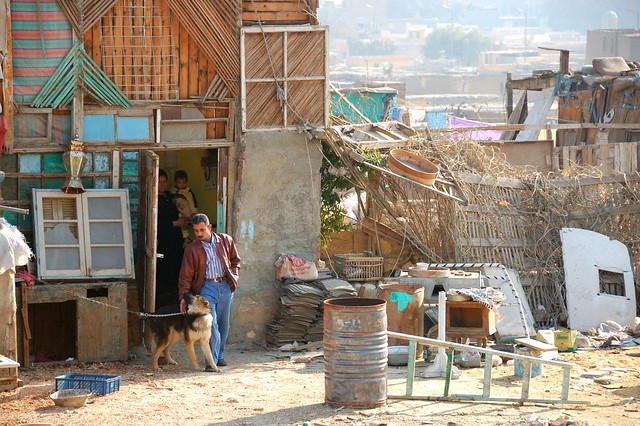
The following Arab dynasties built own political citadel to the north, founding a new graveyard. The commander’s family cemetery, the Great Qarafa and the Lesser Qarafa, have been inhabited since the first centuries after the conquest. Its first resident nucleus consisted of the custodians to noble's graves and the staff in charge of the burial service as well as the Sufi mystics in their khawaniq (colleges).
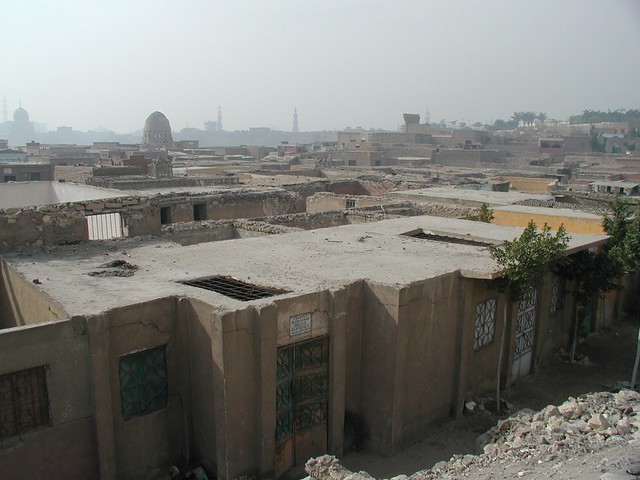
During the Fatimid Caliphate, because of their Shi’ite faith, the sovereigns supported pilgrimages to Ahl al Bayt (Prophet’s family) shrines here. These pilgrimages increased the cemetery’s development to provide pligrims’ needs. The following sultan, Salah el Din, in order to unify all the four capitals within a surrounding wall, included both cemeteries in a unique urban space.
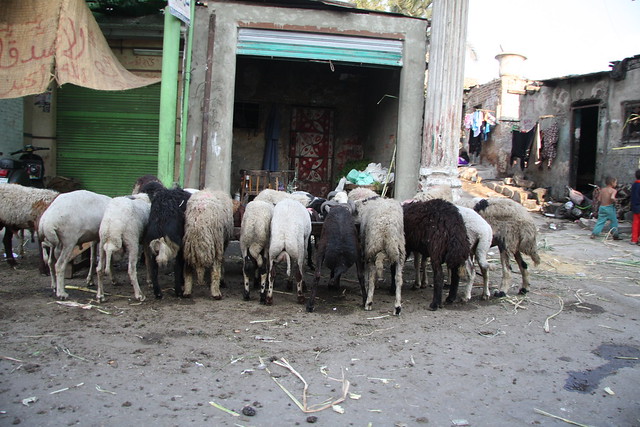
Next, the Mamluk Sultanate rulers originally freed slaves forming a military caste, and founded a new graveyard named Sahara, because of its desert environment, outside the city at its north-eastern border. It was also a place for military parades, such as tournaments and investiture ceremonies, as well as for processions, at which sultan and nobles took part during the religious celebrations. Some built their palaces on the main road of the cemetery in order to assist to the spectacles.

Ottoman era
With the Ottoman Empire (1517–1798) Egypt became a province of a vast empire with Constantinople (Istanbul) as capital. During the following three centuries Egypt was ruled by pashas, the sultans' representatives selected among their closest circle because of the importance of the province for agricultural and financial support. Because of the short terms of the rulers’ office, only a few of one hundred and ten pashas who administrated Ottoman Egypt had tombs here. The Cairenes were contrary to their burial abroad.
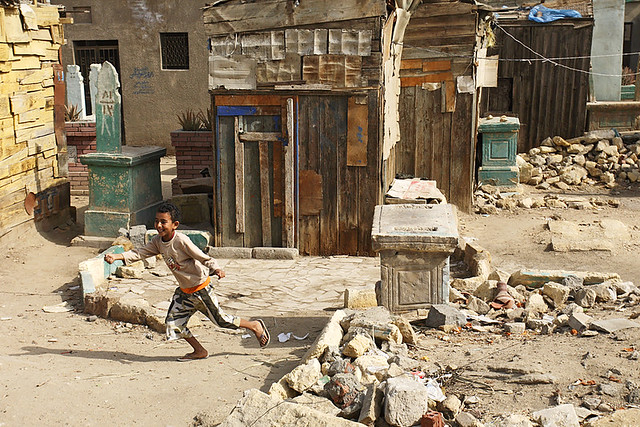
At the beginning of the sixteenth century an urban and heterogeneous community populated Al Qarafa. The economic improvements affected the urban territory of Islamic Cairo with the birth of new neighbourhoods which caused a reduction in the utilization of the old cemetery. However since the funerary monuments were symbols of self-glorification for the upper classes in order to perpetuate own memory, their tombs were garlanded with gilded decorations with festoons, based on nature, flowers and fruits.

The necropolis, because a site of extraordinary concentration of awalya’s tombs, Sufi colleges, and madrasas, attracted many people in search of baraka (blessing). During the following centuries the Egyptian population's impoverished numbers increased. The lower stratum of middle class collapsed and moved to other peripheral zones, the fellahin, the Egyptian peasants and farmers, emigrated to the capital. Both of them crowded the poorest fringe zones as well as the City of the Dead. The newcomers changed Al Qarafa’s face from an urban district to a hybrid community of rurals and citizens.
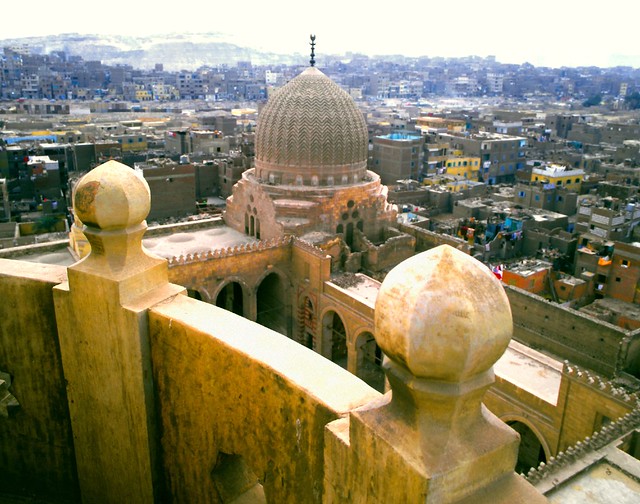
20th century
Following the 1992 Cairo earthquake many people were forced to move into family tombs thus adding to the number of people already living in the City of the Dead.
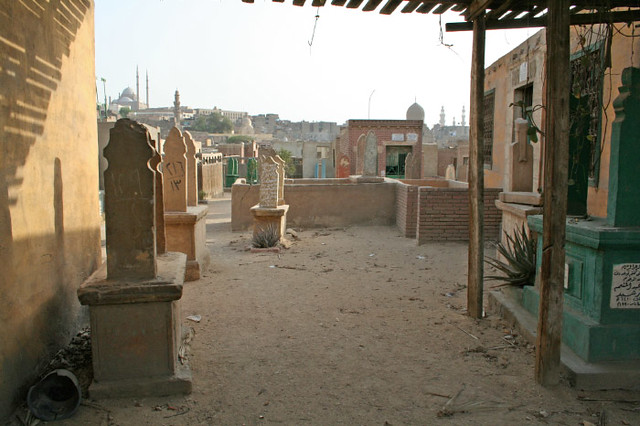
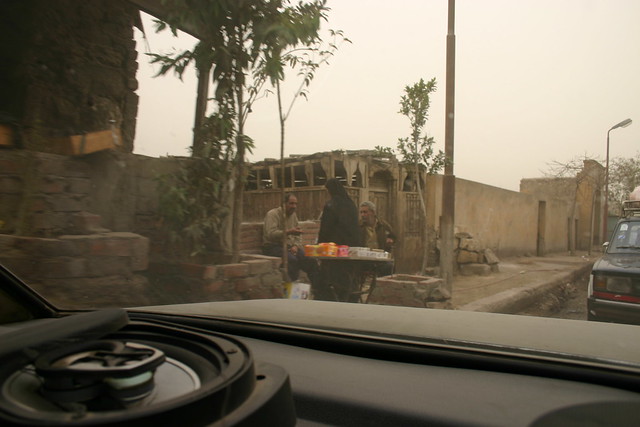
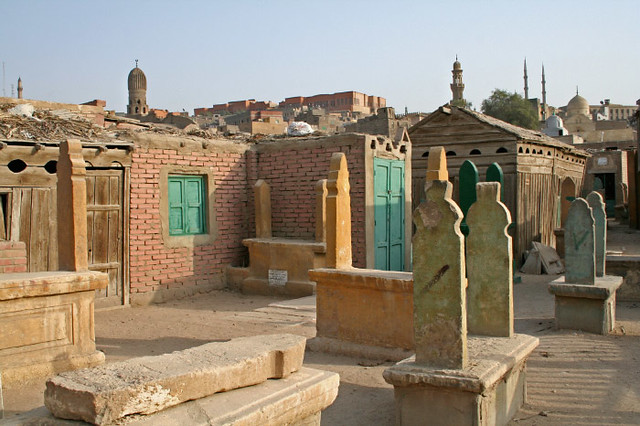
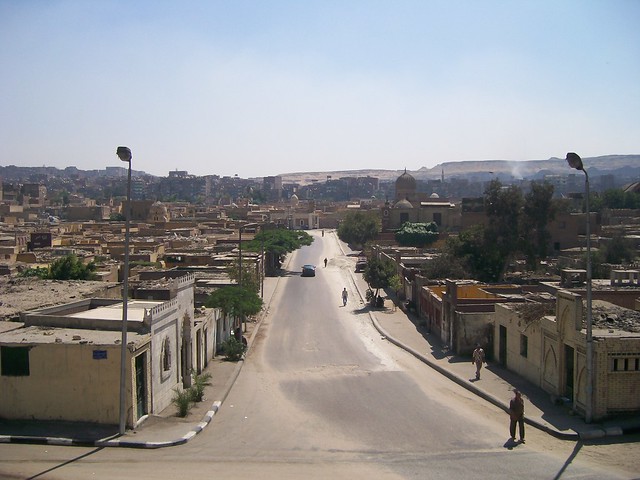
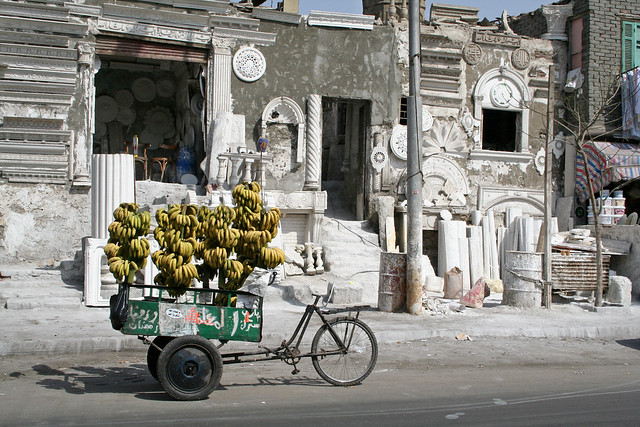
You have read this articleEgypt
with the title City of the Dead. You can bookmark this page URL http://oinsweden.blogspot.com/2014/08/city-of-dead.html. Thanks!
Write by:
AN - Monday, August 11, 2014







.jpg)


Comments "City of the Dead"
Post a Comment